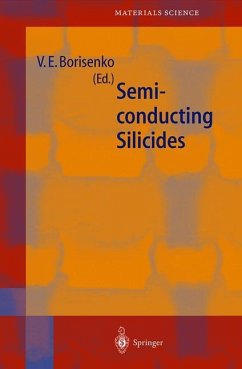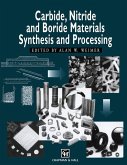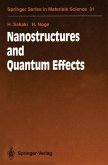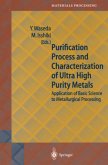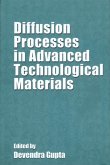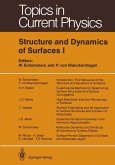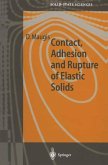Semiconductors are well known as the main materials of modem solid-state electronics. They have held the attention of researches and engineers since the brilliant invention of the semiconductor transistor by Bardeen, Brattain and v V Shockley in the middle ofthe 20th century. Silicon, germanium, AIIIB and AIIB ) compounds have been widely used in discrete semiconductor devices and microelectronic and nanoelectronic integrated systems. Each ofthese materials has separately met specific physical and technological requirements to provide formation ofsolid-state structures with the best electronic or optical performance. However, attempts to combine them within integrated circuit appear to be ineffective or even technologically impossible. Thus, material and related technological compatibilities are important for further progress, particularly in microelectronics, optoelectronics and nanoelectronics. This stimulates an increasing interest in silicides and silicon-germanium alloys, which provide new prospects for silicon-based integration. Elements from the Periodic Table form more than 180 silicides, which are chemical compounds of silicon with different metals. Most of them, except the silicides of lanthanides and actinides, are shown in Table 1. Along with appropriate compatibility with silicon and easy formation by silicidation in a metal-silicon couple, silicides are characterized by high thermal stability and resistance to oxidation. The majority ofthem are metallic and have low resistivity. Exactly metallic silicides were first employed for interconnections, gates in MOS structures, ohmic contacts, and Schottky barriers in silicon integrated circuits. For a comprehensive overview of their properties and general features of the formation technology the reader may address the books and reviews [1-10].
Bitte wählen Sie Ihr Anliegen aus.
Rechnungen
Retourenschein anfordern
Bestellstatus
Storno

